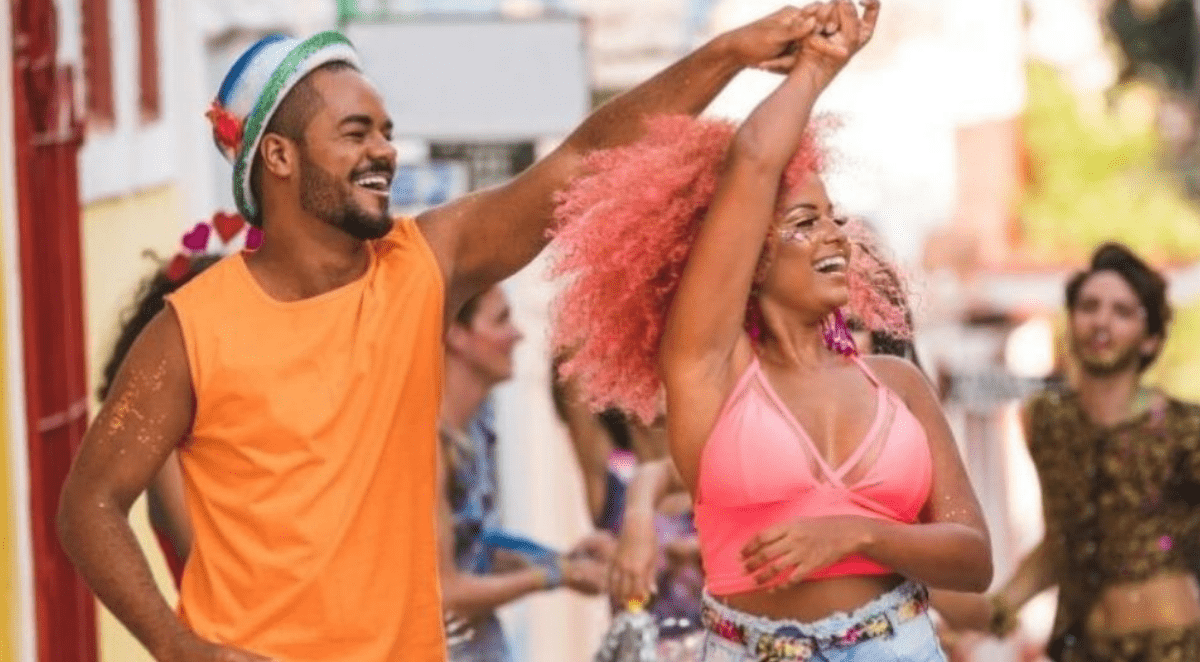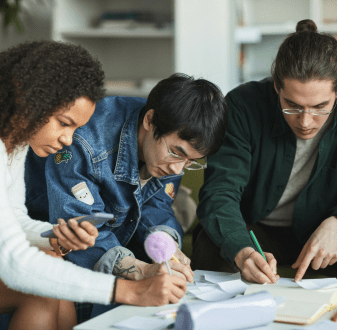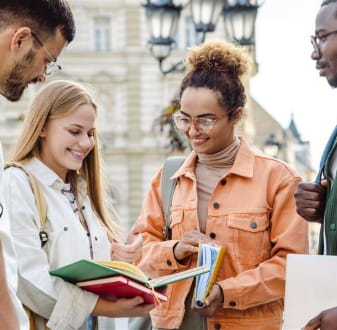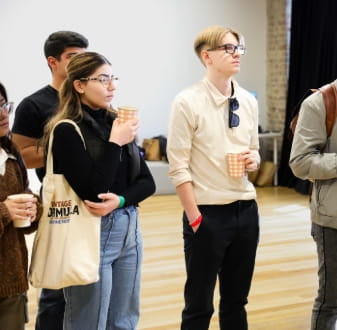Colombian Independence Day is an annual celebration that takes place on the 20th of July to commemorate the day Colombians protested against Spanish rule in 1810.
What’s the story behind Colombian Independence Day?
Colombia’s history as a country free from Spain rule originated with a vase. The event took place in the main square of the Colombian capital, Santa Fe de Bogota, now known as Bogota.
So, why a vase? It is believed that on 20 July 1810, after deciding to rebel, the people of Colombia asked a Spanish florist named Joaquín Gonzalez Llorente to lend them a vase to adorn the table of Antonio Villavicencio, a well-known patriot sympathiser.
Llorente, known for his temper, refused their request. This is exactly what the patriots had hoped, as it got a rise out of the Colombian people, who were already unhappy that their request for an open town meeting about independence had been denied by Spanish military officer Antonio José Amar y Borbón.
The patriots lost their patience and rioted against the government in the main square of Bogota. The mob assembled in front of the government house, where a patriot named José Acevedo y Gómez gave a powerful speech, and the first claim for freedom from the Spanish happened that night. Amar y Borbón felt he had no choice but to sign some legislation, which eventually led to independence.
Today, the story of Colombian independence is inspiring, and Independence Day remains a celebration with global reach. The most popular Colombian Independence Day celebrations around the world are held in Melbourne, San Francisco, New York City, Madrid, and London. Hundreds of Colombian citizens who have migrated to these cities celebrate in the streets, enjoying the shared cultural spirit of passion and pride.
Colombian students at Torrens University Australia
There are over 400 students from Colombia at Torrens University Australia. That means up to 6% of our international student cohort are Colombian citizens studying to turn their passions into careers.
The most popular faculty for Colombians is Business, with the Master of Business Administration and the Master of Global Project Management being among the most in-demand courses.
It is clear that for many Colombians studying with us there is a great sense of national pride in their heritage. They will be celebrating Colombian Independence Day here in Australia.
Natalia Londoño, originally from Bogota, is studying a Bachelor of Applied Science (Community Services). She says that Colombian Independence Day is a reminder of her cultural values and roots.
“On this day we remember what it means to be Colombian, and this means to be free, to be strong. This means believing in a multi-cultural society that embraces people from all ethnicities (regardless of their faith and skin colour). This means freedom with responsibility, being inclusive, egalitarian spirit and fairness.”
David Cedano, one of our international students also from Bogota, says that the celebrations encourage a sense of community, especially for those living overseas, away from their families.
“It is a traditional event and it is all about the food!” he says.
“The day is filled with different activities such as parades and marches throughout Colombia, and in many other parts of the world. Some of the things we love doing to celebrate the day include playing or watching sports and listening to traditional folk music such as Cumbia, Champeta and Reggaeton.”
Colombian celebrations on Independence Day
Back in Colombia, the celebrations tend to have something different to offer in each area of the country. One of the biggest events is the Grand National Concert, which is free to the public and takes place in most towns and cities.
Colombian Independence Day celebration in Colombia
According to our student David, there are many different ways to commemorate the day. Some people choose to relive history and walk the same journey as liberator Simon Bolivar did over 200 years ago. This can take up to 17 days, through around 20 municipalities with temperatures that range anywhere between 2 and 35 degrees celsius.
“The journey begins on Sunday 26 in Pore Casanare, and ends on August 7 at the Bridge of Boyaca, to commemorate the historic battle that sealed Colombia’s independence,” says David.
For those who are not game to walk the 366 km but would still like to experience something special, there is Llorente’s house in Bogota, the scene of the vase incident. Now known as the ’20 July Museum’, Llorente’s house is one of the most visited places on Colombian Independence Day.
If you would like to learn more about being an international student at Torrens University Australia and how we celebrate cultures from around the world, visit the International Students section of the Torrens University Australia website.




